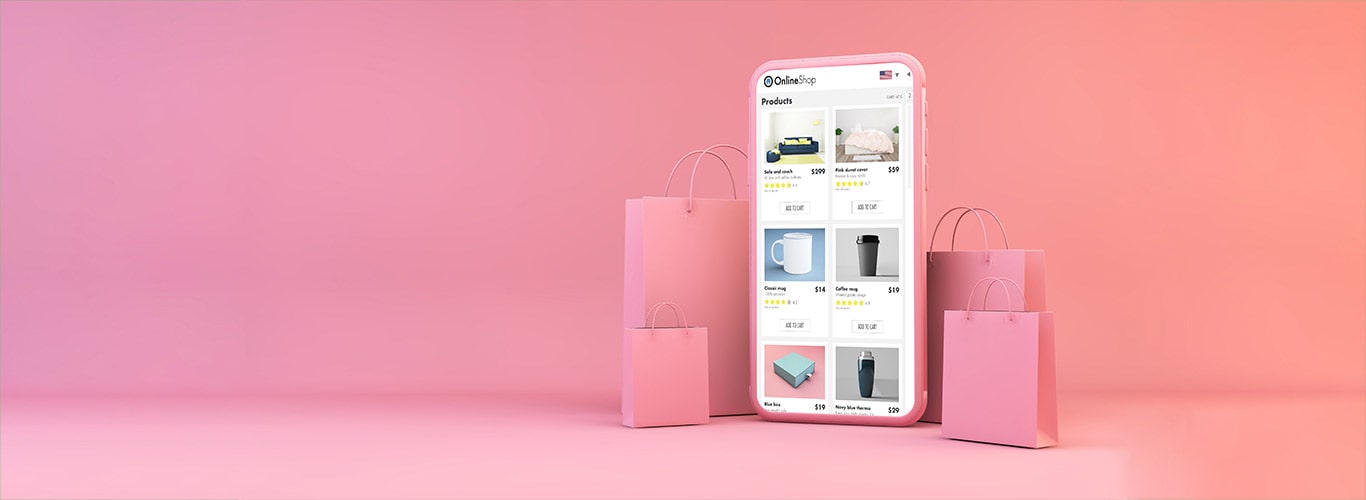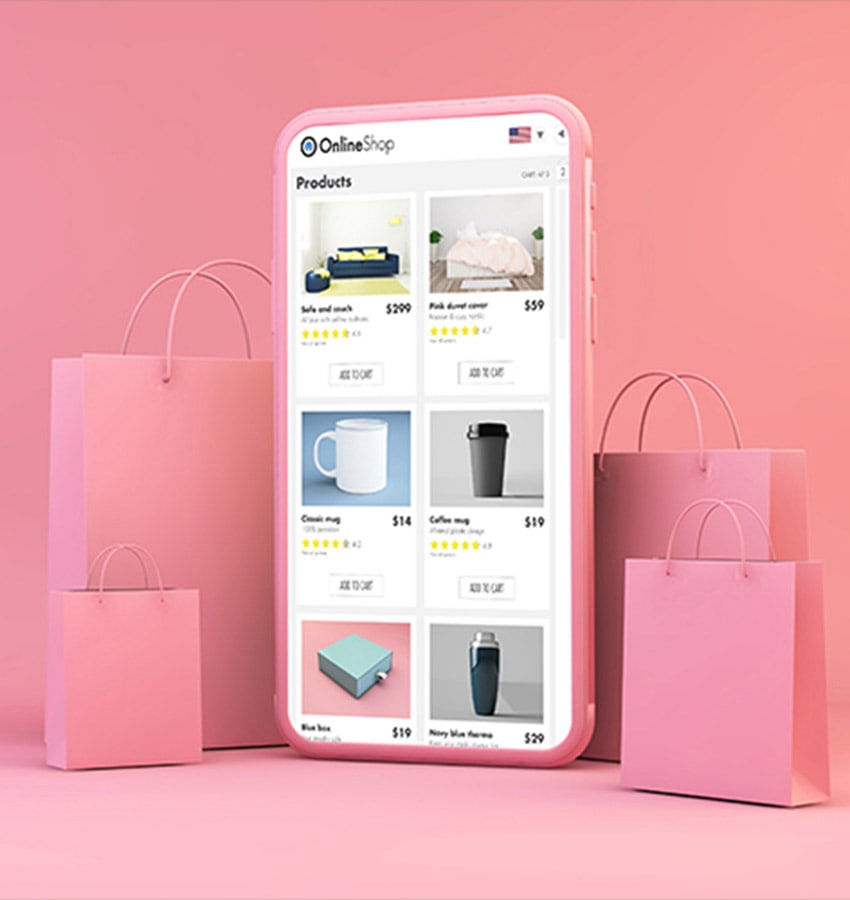
Online purchasing has become the new standard. However, while online buyers may prefer to purchase in the privacy of their own homes, they nevertheless seek aspects of in-person purchasing when shopping online. And the visuals of each product is one of the most critical aspects that online shopping must recreate. This is how the Images Convert Window-shopping into online sales comes into picture.
You’ll learn why product photography is critical for converting online “window browsing” into purchases and how to create high-quality, revenue-generating images with photo retouching services.
The graphics shown on a website have the power to make or break a sale. For example, an astounding 90% of Etsy purchasers stated that the quality of the visual images was an essential aspect of their online purchases. Without an appealing, high-resolution image, your chances of making an online sale decrease significantly.
A significant component contributing to this is the shifting consumer market. The average consumer nowadays is significantly better knowledgeable than they were several decades (or even five years) ago. As of January 2020, approximately 60% of consumers conducted extensive online research prior to making a purchase, and 62% reported carefully reading product labels first.
How do Images Help Conversions?
When clients shop online, the image of the goods makes the initial impression. Indeed, graphics are maybe the most persuasive component of the e-commerce company.
A properly produced photograph educates potential consumers about the products and imparts significant expertise.
Even if product pricing and descriptions are critical, capturing a professional image of the goods is always more encouraging. Consumers cannot touch or feel a product they purchase online. However, after viewing the product’s photographs, he or she will determine whether to purchase it or not.
1. A surge in social media usage.
Images are also valuable in today’s Internet, which is becoming increasingly reliant on social media. Consider how frequently users (including you!) have wandered aimlessly around sites like Pinterest or Instagram, hoping for that one eye-catching image.
Across platforms, postings that include photographs (and other visuals) produce a higher level of user interaction than posts that do not. By leveraging product photography properly, you can provide clients with a compelling, attention-grabbing user experience without requiring them to leave their computers.
2. Creating visually appealing images
There is no one-size-fits-all rule for product photography, just as there is no one-size-fits-all method for colouring in a colouring book page. Rather than that, photographers must carefully evaluate various factors, including the exact product in question, the brand aesthetic, and the target demographic.
The ultimate product is critical for customers. They want photos that bring items to life; they want to envision themselves using the product. Therefore, Creative Retouching enhances your consumers’ experience and conversion rates.
3. 360-Degree AR Imagery
Customers who buy online rather than in brick-and-mortar stores continue to seek the sensation of seeing every angle of a product. This can be accomplished through the use of 360-degree views in product photography.
According to reports, 360-degree photographs can result in a 30% greater conversion rate than images without them, halve the likelihood of product returns, and encourage clients to submit good evaluations.
Consider this: by providing a 360-degree perspective, you’re communicating to customers that your products appear fantastic from any aspect.
4. Confront Customer Fears
Customers shopping online are increasingly fearful that “what they see” is not “what they get.” At least 30% of things ordered online are returned, compared to 8.89% at brick-and-mortar retailers. Thus, how can merchants use product photography to assuage client concerns?
5. Colour is significant.
Clients like the opportunity to visualise clothing, in particular, in a variety of colour possibilities. On the other hand, when websites simply utilise Photoshop to change the colour options on the same image and model, the customer is unimpressed.
Rather than that, you might use slightly altered perspectives in photographs of differently coloured items to demonstrate that the photographs are of distinct pieces. Additionally, seek numerous perspectives to ensure that the hue in the photograph accurately represents the item in real life.
6. Take note of the size
A huge, high-resolution photo made via photo retouching services enhances the user experience by boosting the amount of detail displayed. Photo sizes between 1200 and 1600px are optimal, as they allow for both zooming and effective social media distribution. Customers will be less fearful of being misled with exact facts (and useful tools such as scales or rulers). This is why the Images Convert Window-shopping into online sales has become important
Bear in mind, however, the page load time. Nearly half of shoppers will abandon an eCommerce site after three seconds, so cramming your website with the largest photos may decrease conversions. Shopify provides informative instructions on how to compress picture files without sacrificing quality.
7. Recognize Your Audience
Finally, you cannot effectively market to your audience until you understand who they are and how to target them. It’s worthwhile to do eye-tracking surveys, demographic analysis, ad analytics, and other forms of marketing research to determine the success of any photo retouching services.



